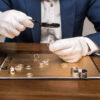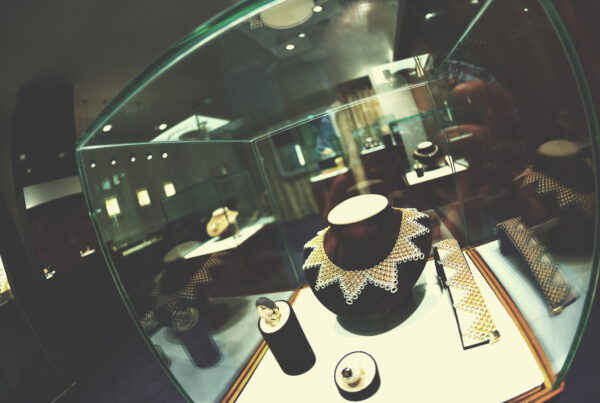For coin collectors and investors, one big thing to keep an eye out for are counterfeit coins. In the recent years, the amount of counterfeit coins that enter the market is astonishing, and it is a very real and serious threat to the economy. For those who are new to the coin industry, identifying fake coins can be a daunting task.
While there are multiple advances to new technologies and better resources, it makes it more difficult to spot counterfeit coins because the fakes are getting harder and harder to verify through appearance alone. Nowadays, because of the advent of technology, it is difficult to spot a counterfeit gold or silver coin, whether you’re a seasoned bullion dealer or a newbie in the industry.
This increasing issue places more emphasis on spotting fake coins (especially silver) circulating the economy than ever before. Here are four different tests that you can apply to help identify any counterfeit silver coins.
- The Ice Test
This is the easiest test to conduct because ice is usually readily available from any freezer on hand. This test considers the thermal conductivity of silver. Silver is a metal that has the highest thermal conductivity of 406 Watts per square meter, which makes it the best conductor of heat amongst all the metals. To execute this test, place ice cubes directly on the silver coin or bar (that will be tested) and watch it. If the ice starts to melt right away, as if it were placed on a hot pan, then the coin or the bar is an authentic one.
- The Magnet Test
This test involves identifying fake coins that are made of magnetic metals, which in this case is iron and steel. This employs the use of a strong magnet such as the neodymium magnet (grade N52). If the coin is made of silver, it will not stick to the magnet. But if the coin does stick, it is likely that it is a fake. However, it must be kept in mind that some counterfeit coins can be made of non-magnetic metals such as lead, zinc and copper, meaning that this test is not always 100 percent reliable.
- The Size and Weight Test
Silver is a dense metal and holds weight. This is why silver coins are heavier than ones made of any base metals. As a result, most counterfeit coins increase their thickness and/or diameter to match the weight of authentic silver coins. These size and weight tests are a great way to help identify fake coins since you can just simply compare the thickness and diameter of the coins to find out the result. Use calipers or a jeweler’s scale to calculate accurate dimensions.
- The Magnetic Slide Test
This is another test that involves the use of magnets. Silver has diamagnetic properties that makes it repel when it is exposed to a magnetic field. During this test, a slide is constructed out of magnets and the silver coins are made to slide through it. Because silver is diamagnetic, it should slide down slowly. Counterfeit coins should be able to fall down the slide without any resistance.
If you want to find out whether the silver coins or bars that you have are fake, just apply these tests on them to clear up any doubts. They are easy to perform at home and can provide reliable results!







